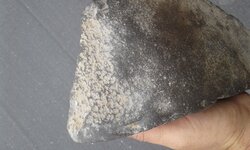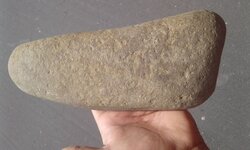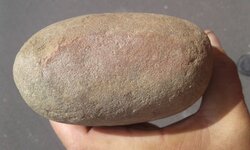Unitedstatesofamerica1
Hero Member
- Oct 2, 2012
- 650
- 413
- Detector(s) used
- Cabella's
- Primary Interest:
- All Treasure Hunting
Amazon Forum Fav 👍
Upvote
0
Follow along with the video below to see how to install our site as a web app on your home screen.
Note: This feature may not be available in some browsers.

View attachment 1491121View attachment 1491122View attachment 1491123View attachment 1491126View attachment 1491127View attachment 1491128View attachment 1491129View attachment 1491130View attachment 1491131View attachment 1491132View attachment 1491133View attachment 1491134View attachment 1491135View attachment 1491136View attachment 1491137View attachment 1491139

